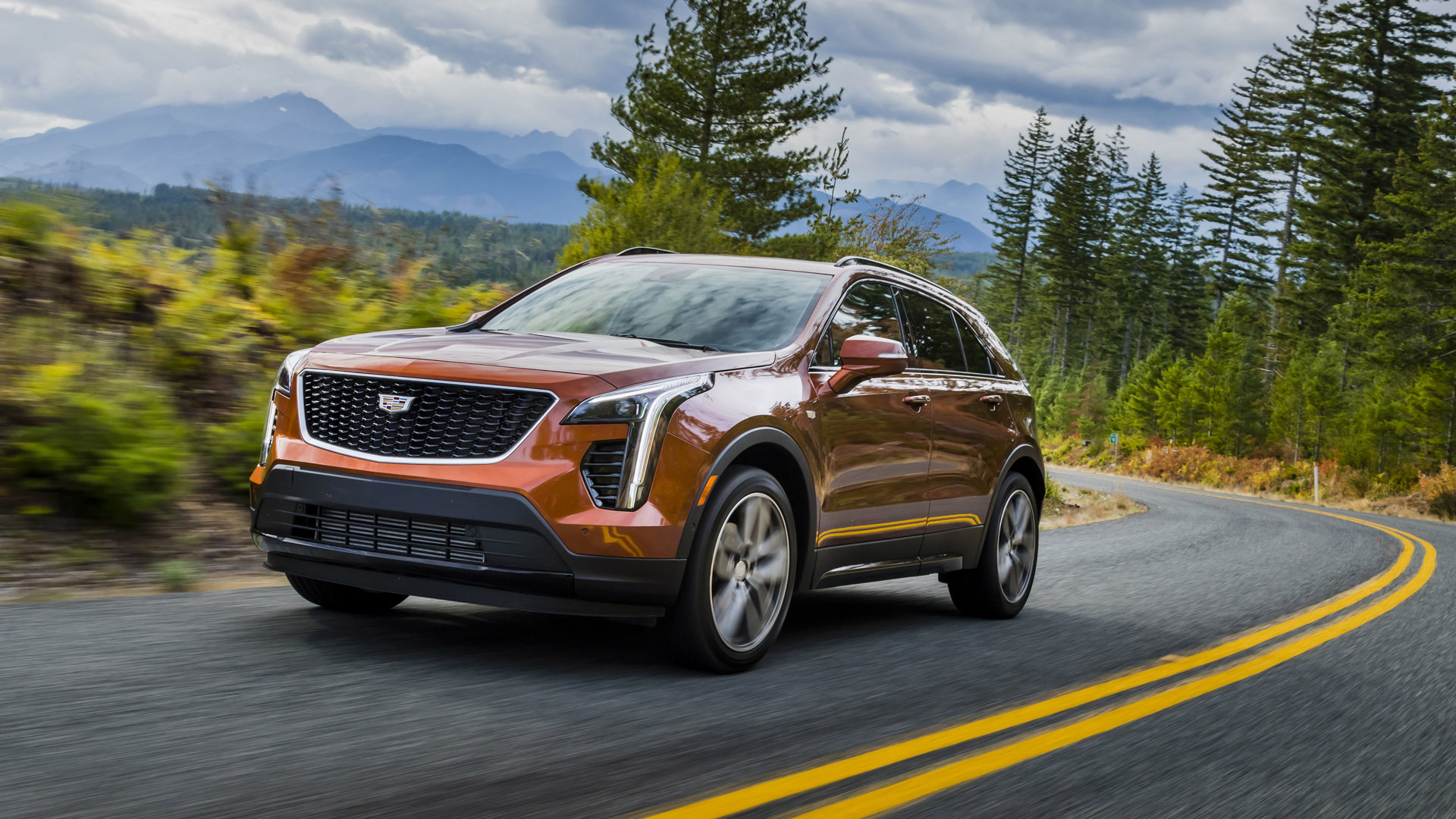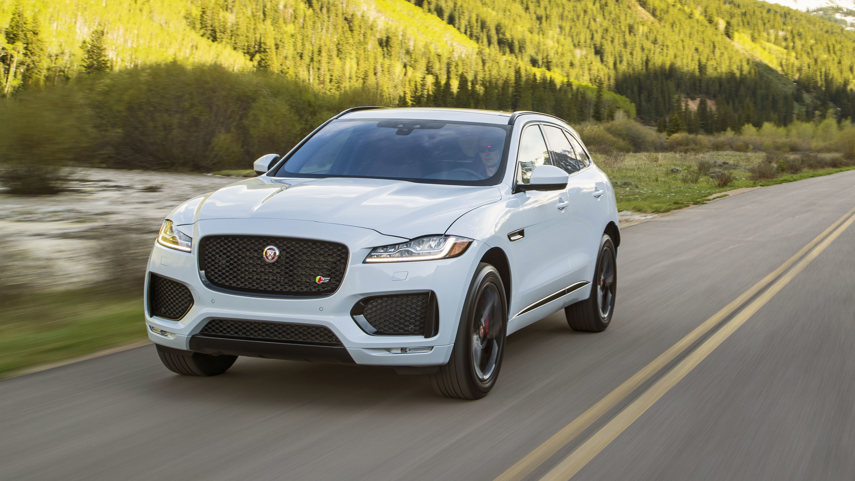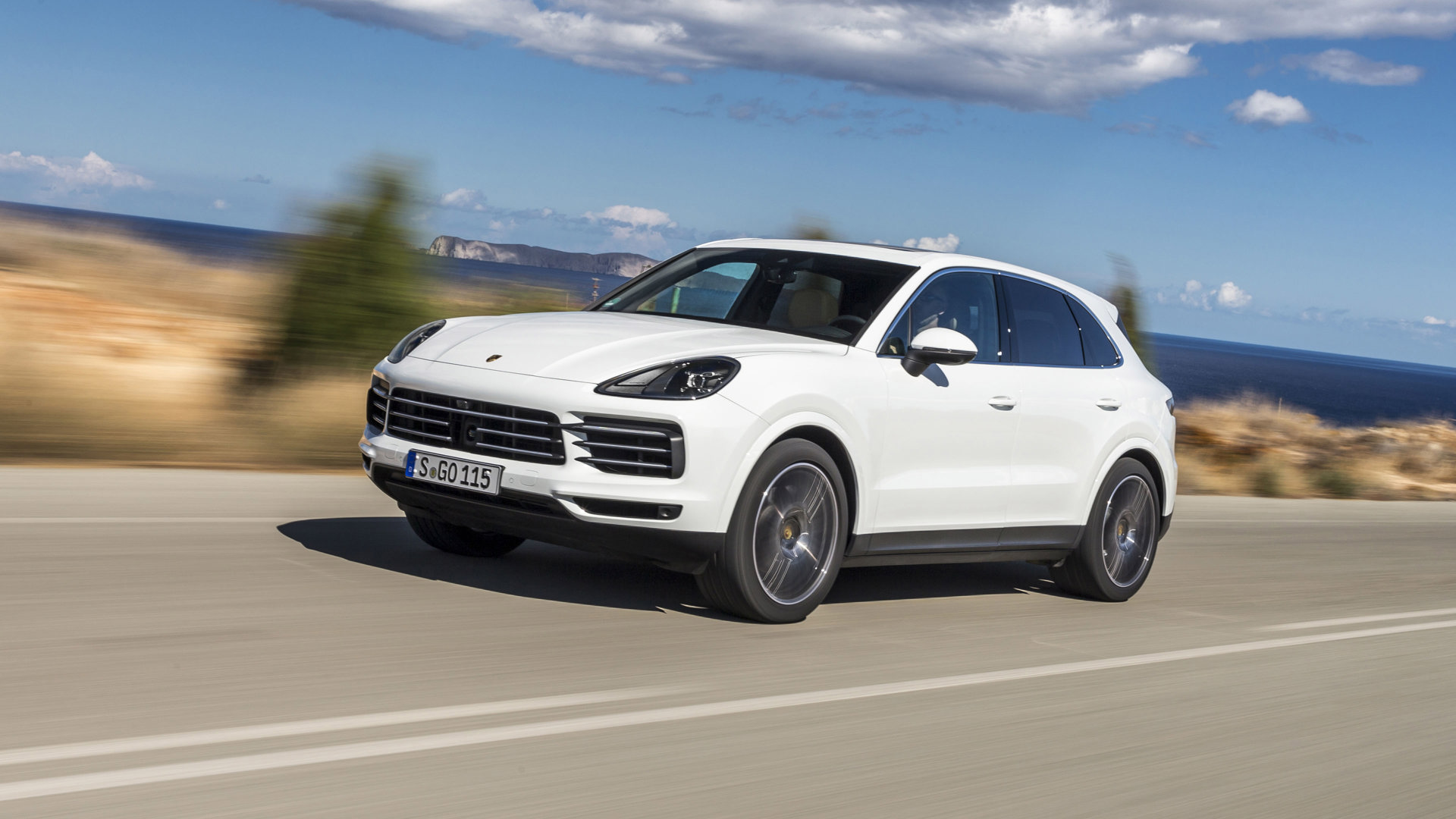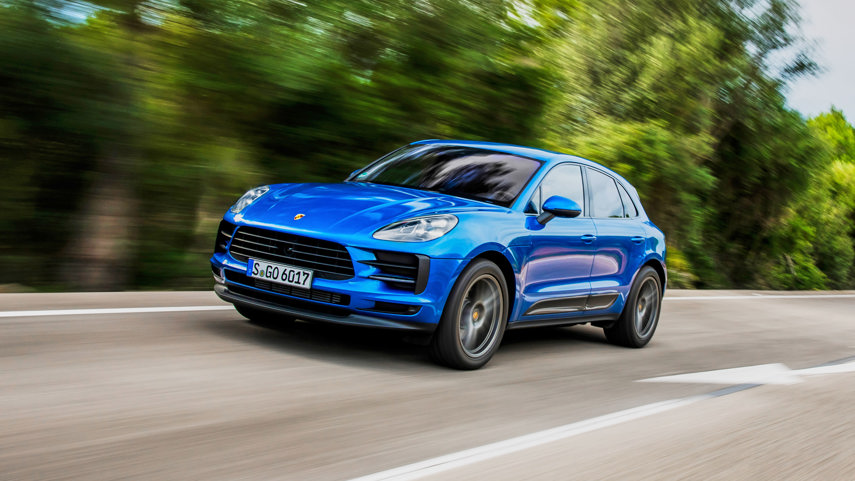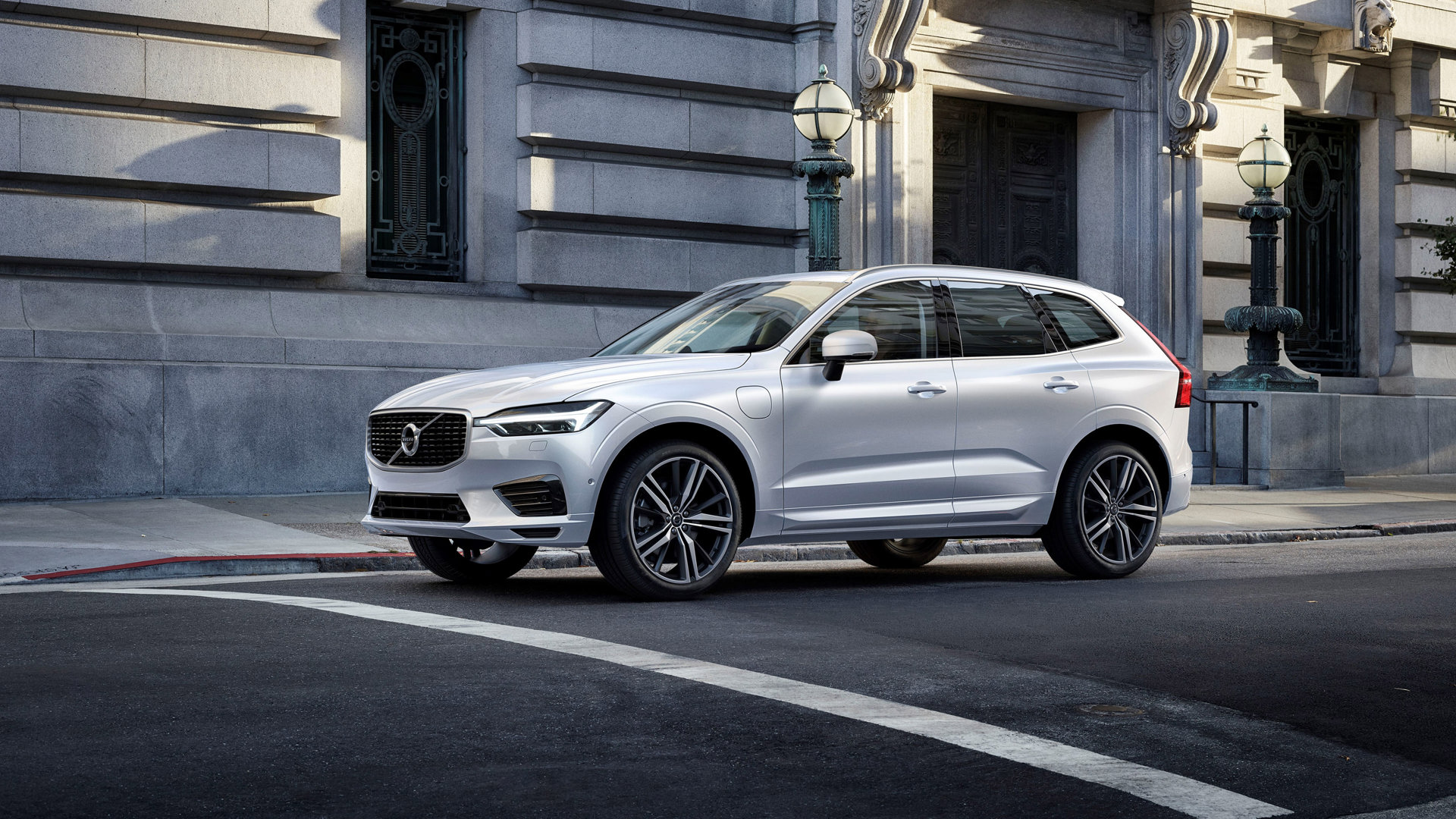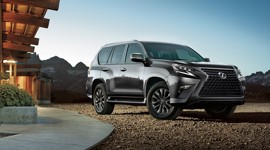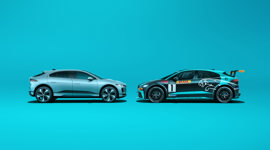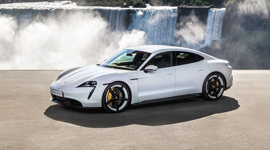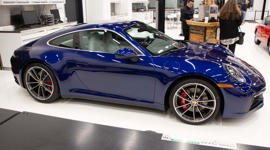In the ever-changing world of Sport Utility Vehicles (SUVs) and Crossover Utility Vehicles (CUVs), it has come to the point where those two umbrella terms have spawned a whole legion of sub-segments that have become somewhat hard to define. There are not only compact luxury CUVs, but now subcompact luxury CUVs, too. There are many sub-segments today, but it has to be said that the particular group seen here – the compact to mid-size two-row luxury SUV – is one of the originators of the genre.
It wasn’t long after the likes of the GMC Jimmy, Nissan Pathfinder and Toyota 4Runner started really imprinting themselves – and their segment – in the minds of consumers that luxury manufacturers realized they had a huge and wildly profitable opportunity on their hands. So, in 1997 came the Mercedes-Benz M-Class, followed by the Lexus RX in 1998, then the BMX X5 in 1999; when the Porsche Cayenne arrived for the 2003 model year, it was clear that luxury had gone tall and AWD.
Fast-forward to today, and not only has pretty much every luxury manufacturer added a two-row SUV or CUV to their portfolio, they’ve added many of them. What follows is a breakdown of our finalists; these are five vehicles that our jury of more than 20 automotive experts voted on to shortlist for the title of Best Luxury 2-Row SUV. Our jury considered every single compact and mid-size two-row luxury SUV/CUV available for Canadians to buy and evaluated them across 12 different categories to vote on this shortlist. For this segment, our jury have voted for vehicles that go above and beyond what’s expected of them and have placed a heavier weighting on smooth and powerful engines, responsive handling, handsome styling, and a requisite dose of luxury features, from ultra-clever infotainment to top-grade interior materials.
Here is more information on the finalists for Best Luxury 2-Row SUV.
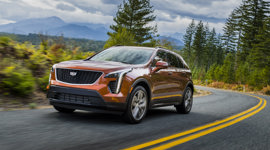
Cadillac XT4
The XT4 is one of the newest additions to Cadillac’s SUV/CUV lineup and it’s probably the most distinctive-looking of all our finalists with its wildly shaped headlight lenses, stubby rear-end with vertical taillamps, and rhombus wing mirror caps.
Inside, the maligned Cadillac User Experience (CUE) infotainment system has been replaced by an updated, slicker-looking and more responsive affair that provides wireless charging and both Apple CarPlay and Android Auto, plus a 4G LTE hotspot. That’s all pretty standard stuff these days, though. The XT4’s real party trick when it comes to interior tech is its digital rear view mirror, which shows a live camera feed of what’s behind the vehicle. It takes some getting used to at first, but then you realize that since the view is the same no matter which way the mirror is angled, it’s a much better solution if there are multiple drivers. Plus, since it looks directly behind the vehicle, it doesn’t matter if you find the rear window too small or if you have a tall passenger sitting behind you. Of course, you can easily revert back to a more traditional mirror by flipping the lever typically used for activating a mirror’s anti-glare mode.
A 2.0L turbocharged four-cylinder is the only engine available, and it provides 237 hp and 258 lb-ft of torque, though there is a Sport trim that provides optional adaptive dampers that self-adjust as the road conditions and driver inputs change. Sport models also get a slightly darker, more sinister look thanks to details like gloss black rocker panels, window surrounds and front/rear splitters while Luxury trim models get silver in those areas instead. Either way, the XT4 is a bulldoggish take on the segment, and our experts applauded Cadillac for their efforts in this regard. Pricing for the XT4 starts at $34,400 and tops out at $42,795.
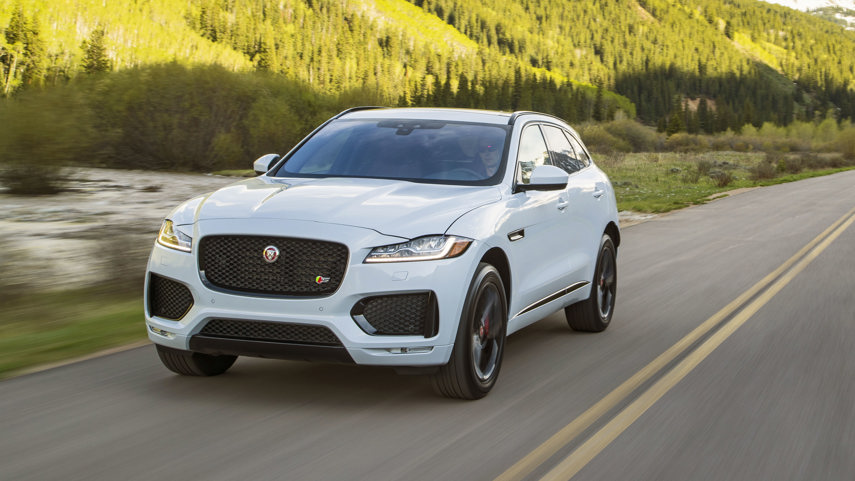
Jaguar F-Pace
The big news for 2020 when it comes to the F-Pace is the arrival of a fire-breathing (and deafening) supercharged V8-powered SVR model. It’s good for 550 hp and 502 lb-ft of torque fed through an eight-speed automatic transmission shared with other Jaguar-Land Rover products including the Jaguar F-Type sports car. All four wheels can get their share of the power, of course, but the SVR maintains a rear-biased setup (meaning more power to the back wheels for a more sports car-like feel) to help it contend with the likes of the Cayenne and Macan, between which it sits size-wise.
The SVR also looks quite serious both inside and out thanks to aggressive wheel styles shrouding red brake calipers, bright colours with names like “Velocity Blue” and “Madagascar Orange” and aggressive aero kit.
Other engines include a turbocharged four-cylinder and a supercharged V6, meaning it has the most engine choices here save for the Cayenne and Volvo with their plug-in options.
Even with the smaller engines, though, the F-Pace remains a strong take on the performance SUV with firm suspension, and active steering rack, and that transmission, which is a responsive, agile number that does well to work with the various engines for an athletic and responsive drive. Pricing starts at $52,500 and tops out at $92,000.
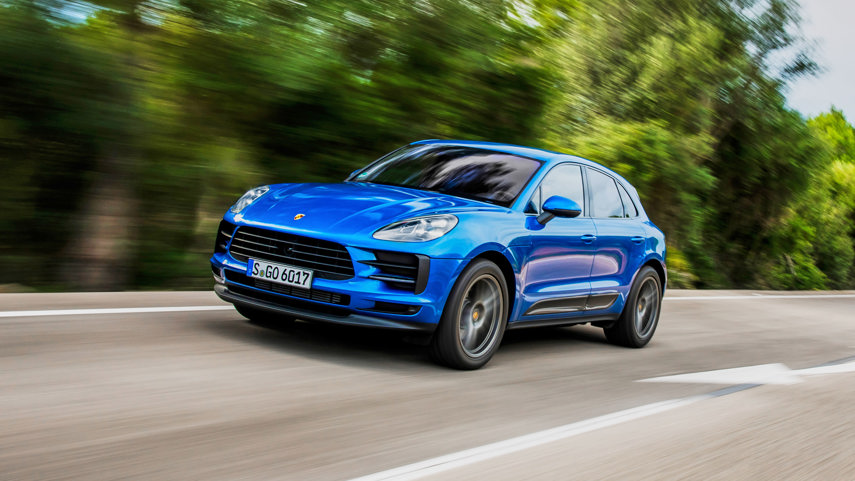
Porsche Macan
There’s a bit of a paradigm shift at this point in the segment; we go from two SUVs that prioritize luxury over flat-out performance to a few that try to embody sports cars, putting powertrain performance above of all else. Available with either a turbo four-cylinder engine or a twin-turbo V6, power in the Porsche Macan ranges from 252 hp all the way up to 400 hp, which is a generous amount for such a compact package.
Of course, being a Porsche, it has to have the handling and steering to match, and the Macan really does exhibit the attitude of one of the sports cars for which the brand is famous. Optional adaptive dampers, the Sport Chrono package, and deep bucket seats all point to Porsche being very serious about making sure its compact crossover is top of mind for drivers wanting performance.
Inside it’s all Porsche, complete with a three-gauge instrument cluster with a big tachometer right in the middle peeking out from behind a three-spoke wheel, Sport Chrono clock crowning the dash as well as a wide infotainment display that’s responsive and looks slick.
Style-wise, the Macan varies greatly depending on what buyers are looking for and Porsche offers endless options for customization. Pricing for the Macan starts at $54,100 and can top out in the six-figure range.
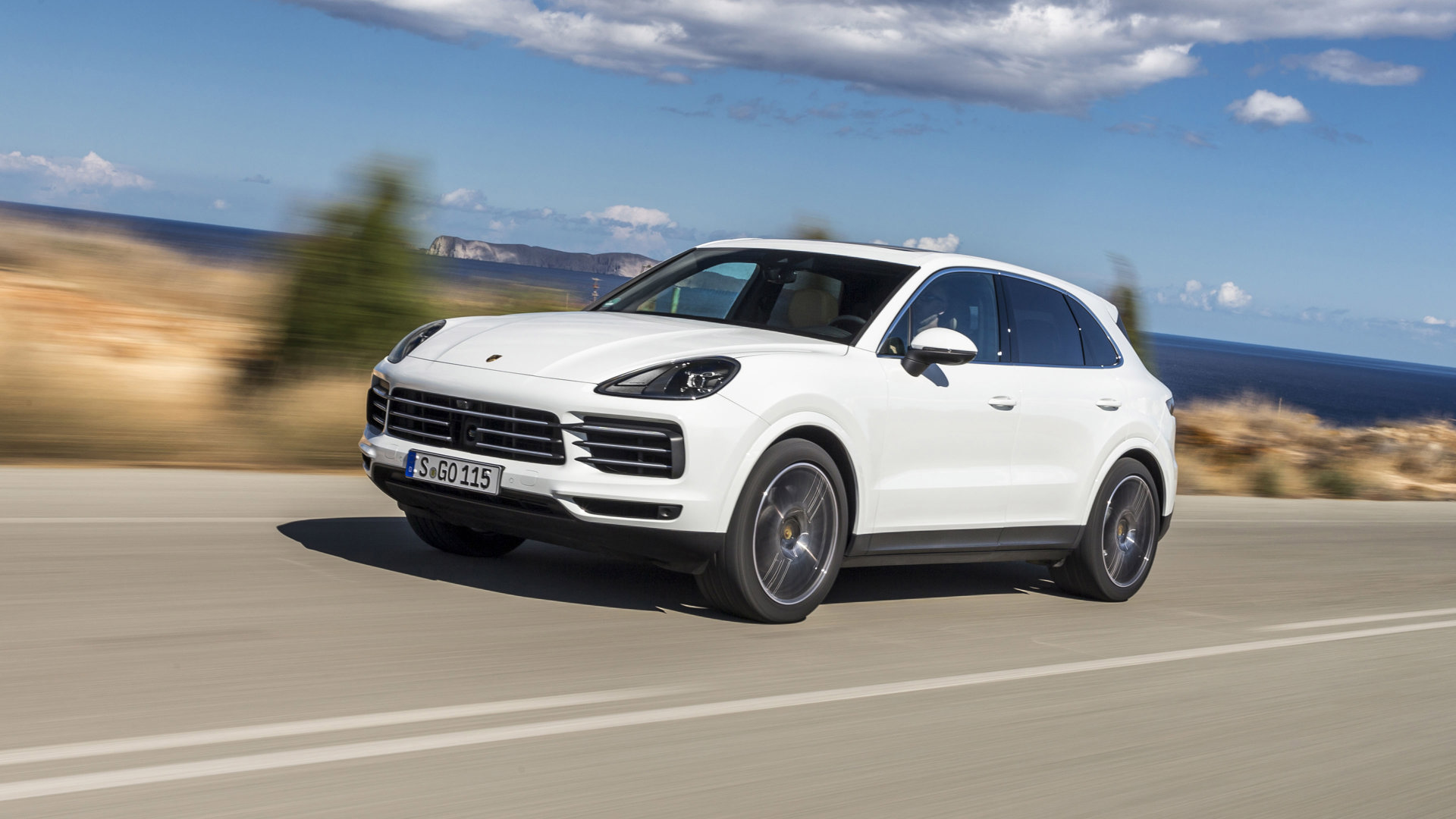
Porsche Cayenne
If you like the performance of the Macan but fancy a little more room inside, more power (the Cayenne Turbo S makes a frankly startling 541 hp and 568 lb-ft of torque) or the ability to plug in and charge up, then perhaps the Cayenne is the way to go.
Remarkably, the most powerful Cayenne is actually also one of the most technologically advanced, as it’s a plug-in variant called the Turbo S E-Hybrid and when both its gas and electric motors are running at full chat, it produces an astonishing 670 horsepower and 664 lb-ft of torque. Not only does that make it the most powerful Cayenne model available, it makes it the second-most power of any Porsche (only the 911 GT2 RS makes more) until the Taycan arrives later this year. Of course, the Cayenne is one of the sharpest SUVs out there with balanced handling and performance credibility that can rival some sports cars.
The rest of the Cayenne’s strengths echo those of its Macan sibling, just on a grander scale; there are five gauges instead of three, the steering wheel is shared with the 918 Spyder supercar and it gets the latest Porsche infotainment system, whose touch-sensitive affair means a less cluttered dashboard.
Styling-wise, like the Macan, there are both muted and brighter colours to choose from plus a vast variety of rims in all shapes and sizes along with many options to customize. Pricing for the Cayenne starts at $76,000 and goes up to higher than $182,200.
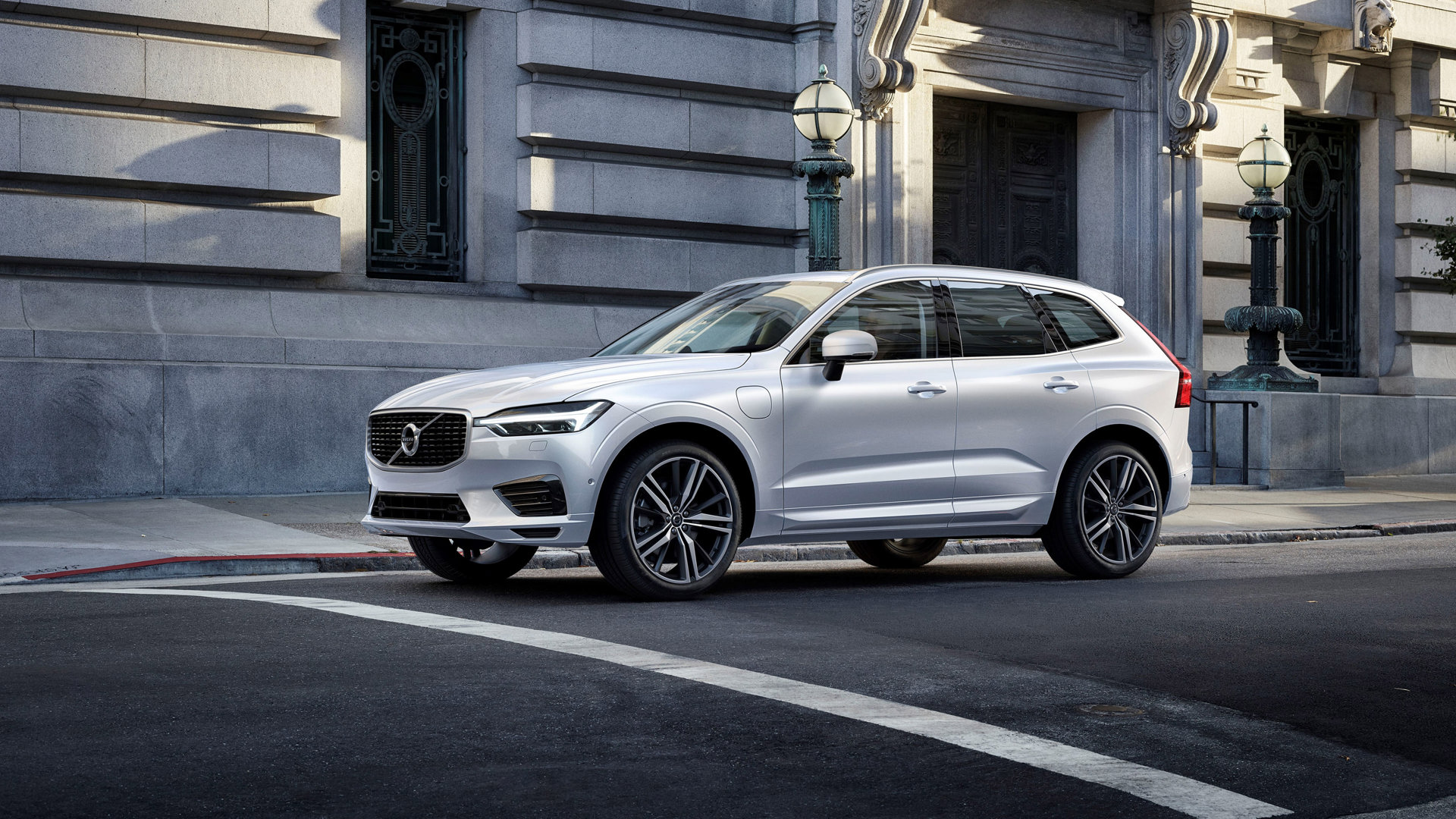
Volvo XC60
Oh, what a beauty. The “Thor’s Hammer” lights, striking two-tone wheels (especially those found on the R Design trim), and ultramodern take on the traditional vertical Volvo taillamps all combine to make the XC60 not just a handsome vehicle, but one that is very modern with well thought-out exterior detailing.
That’s just the start of it, really, because the interior meets the high standard set by the exterior. The minimalist dash is calming and devoid of buttons and the interior feels airy. The vertical, tablet-like infotainment screen does a good job of making use of its unique alignment and all the tech you’d expect – Bowers & Wilkins audio system, Apple CarPlay and Android Auto integration – is on-hand. Add the fantastic real leather seating and, on some models, contrast-colour stitching and the XC60 is comfortable and inviting. Drivers and passengers will be impressed by the Scandinavian design, high-end materials, and attention to detail.
Then you fire it up and let the standard turbo four-cylinder engine with 250 hp and 258 lb-ft do its thing, and the XC60 experience comes even more clearly into focus, with sharp handling and responsive steering. Add the fact that there’s a more powerful 2.0L engine also available as well as a plug-in hybrid version, and you can see why the XC60 continues to be one of Volvo’s biggest sellers. Pricing for the XC60 starts at $46,000 and tops out at $58,000.
